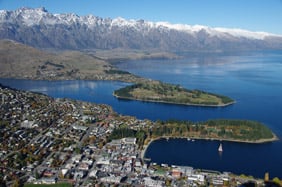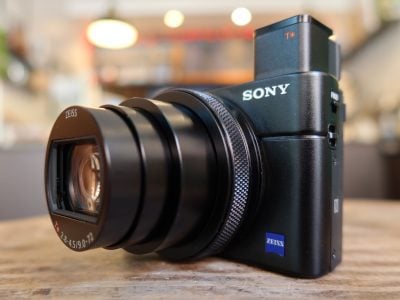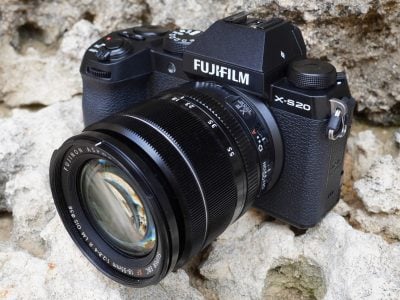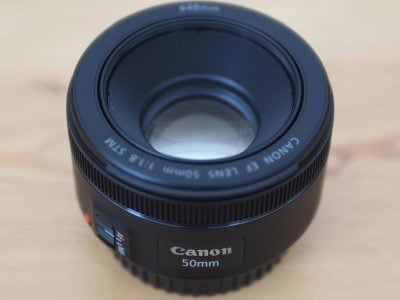Pentax K20D
-
-
Written by Gordon Laing
Outdoor resolution - Pentax K20D vs Sony Alpha A350 vs Canon EOS 450D / XSi
Pentax K20D with Pentax DA 18-250mm |
Sony Alpha DSLR-A350 with Sony DT 18-70mm |
Canon EOS 450D / XSi with Canon EF-S 18-55mm IS | ||
 |
 |
 | ||
f8, 100 ISO |
f8, 100 ISO |
f8, 100 ISO | ||
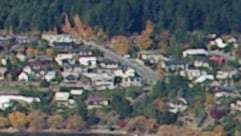 |
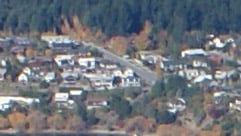 |
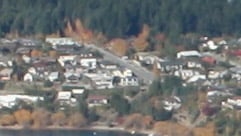 | ||
f8, 100 ISO |
f8, 100 ISO |
f8, 100 ISO | ||
 |
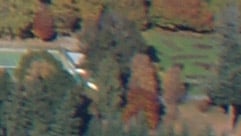 |
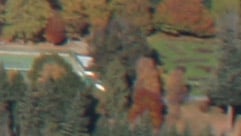 | ||
f8, 100 ISO |
f8, 100 ISO |
f8, 100 ISO | ||
 |
 |
 | ||
f8, 100 ISO |
f8, 100 ISO |
f8, 100 ISO |
Pentax K20D: JPEG versus RAW
|
We photographed the scene here in the K20D’s **** JPEG + RAW mode and presented crops below from each file for comparison. The RAW file was recorded in the DNG format and converted using Adobe Camera RAW using the default settings, before being sent to Photoshop in 16 bits. This was then reduced to 8 bits and processed the same way as the original JPEG for presentation here. The JPEG file, processed using the camera’s default Bright settings, is clearly much punchier than the processed RAW file – everything’s been turned up a notch or two for consumer-friendly output. In contrast, the RAW file appears relatively drab, although it’s lacking the artefacts of the JPEG file which has arguably been pushed a little too far. Something in-between the two could strike a happy medium, and of course the benefit of shooting in RAW is the latitude for adjustments. Indeed our RAW file here contained a measurably greater tonal range than the JPEG, especially in the shadow areas. Due to the way the K20D metered though, there wasn’t anything lost in the highlight areas of either file. Now let’s look at the K20D’s studio resolution. |
Pentax K20D JPEG with Pentax DA 18-250mm |
Pentax K20D RAW with Pentax DA 18-250mm | |
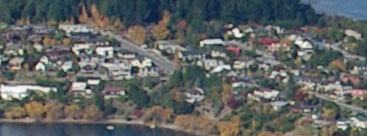 |  | |
f8, 100 ISO |
f8, 100 ISO |
Pentax K20D results continued…
 |
|
The image above was taken with the Pentax K20D at a sensitivity of 100 ISO, using the DA 18-250mm lens at 25mm f8; the original **** JPEG file measured 11.4MB. All crops are presented at 100% and the Canon samples show a slightly larger area due to its slightly lower resolution. These images were taken during the same session as those from our Sony Alpha A300 review, so if you’d like to compare them against a 10 Megapixel model, check out our Sony Alpha DSLR A300 results page.
We criticised the earlier K10D for producing somewhat subdued images using the default settings, but there’s no such problem here. Indeed Pentax has possibly gone slightly too far in the other direction with the K20D’s default Bright mode: the output seen here and in our Sample Images page is certainly vibrant and consumer friendly. Enthusiasts or those who like to post process their images will almost certainly want to tone down the contrast, saturation and sharpening, and thankfully the K20D gives you a wealth of control over this. But anyone looking for punchy, consumer-friendly images straight out the camera will be delighted with the K20D.
We’ve pictured the K20D samples below alongside those from the Sony Alpha A350. Both are 14 Megapixel cameras, but employ different sensors and sensor technology. The biggest differences seen below though are due to their respective image processing and the lenses used to test them. As illustrated in our Sony A300 review, the higher-end A350 has outgrown the DT 18-70mm kit lens and if you fit this optic, you won’t see any benefit over a 10 Megapixel model. Our copy of this lens used for testing the A300 and A350 was also soft in the top left corner which is most noticeable in the mountain ridge crop.
To be fair, the first lens we tested with the K20D also had problems: in the absence of the new 18-55mm II kit lens, we temporarily tried the original Mark I version, but quickly abandoned it due to very disappointing results. So for our K20D results and sample images we’ve used the DA 18-250mm lens, which despite its super-zoom range, actually performs very well across the frame at the test focal length.
In the areas of the image where both lenses are performing without issues, the K20D and Sony A350 deliver roughly the same degree of real-life detail, with the Pentax looking more punchy due to its default image processing. Are either camera resolving noticeably more than the 12 Megapixel Canon 450D / XSi though? Judging from the third column of crops we’d say there’s little in it here, although as you’ll see, differences can be measured in studio conditions.
To find out how the K20D performs in RAW, scroll to the bottom of this page. If you can’t wait to see actual resolution scores though, head straight over to our K20D Studio Resolution page.
